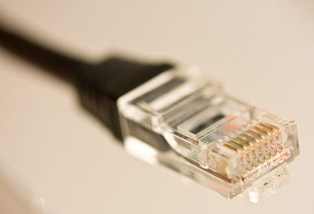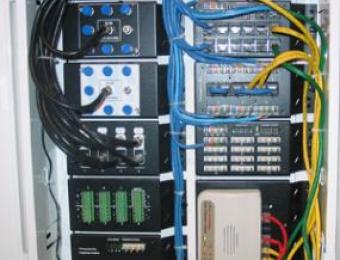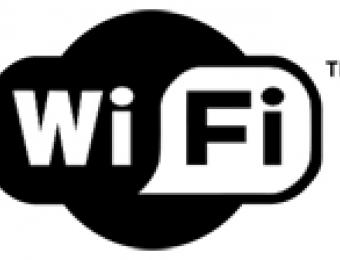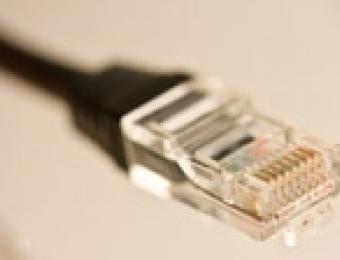
Image by Nrkbeta, used under the CC BY-SA 2.0 license.
Once upon a time, almost all data networks were 'wired'. People would meticulously run cable between computers, under carpets and through walls to every conceivable place they might want to use a computer. Then along came wireless, which more or less replaced wired home LANs (local area networks) altogether.
But while wireless networks are unrivalled in terms of convenience and cost, they're not necessarily the best option for all scenarios - especially if you're wanting to use the network for home theatre systems.
To understand why, it's a good idea to first get a basic understanding of the technology.
What does a wired home network involve?
Having a wired home network installed in your home normally involves running cable around your house with the rest of your wiring, so that you're able to have network ports (or 'ethernet' ports, as they're called) where they're likely to be needed. In most cases, the easiest way to ensure that you have ethernet ports wherever they're needed - or where they may be needed in the future - is to install it as a part of a smart wiring package throughout your home while it's being built.
Smart wiring with ethernet cabling will ensure that, even if you decide in future that you'd like to change the configuration of your home and add certain appliances or systems, all the necessary cabling will be available and you won't need to cut massive holes in walls.
What are the advantages of wired home networks?
The real benefit of wired home networks over wireless is in the speed and reliability they offer. For the moment, the absolute theoretical maximum speed for 802.11n wireless networks is 150 Mbit/s, although in many cases it's likely to be closer to 100 Mbit/s in practice.
By contrast, a wired network can offer speeds of up to 10 Gbit/s - which is 100 times faster. The signal strength of wireless networks can easily be affected by other appliances (like microwave ovens) too, or by obstacles and walls.
While the speed offered by wireless is theoretically fast enough to stream high definition video, it may run into trouble if you're trying to do other things at the same time using the same access point. A fast, wired network will help to ensure that you have ample bandwidth for any sort of data you wish to stream around your house.
What sort of cable do I need?
There are a few different standards of cable used for wired home networking, and the type of cable you use will determine how fast your network can go. In most cases, installing Category 6a (better known as Cat6a) network cable is the best option, simply because it supports network speeds of up to 10 Gbit/s over distances up to 100m. Regular Cat6 cable will also support this speed, but not over such a distance. Another older standard is Cat5, which only supports up to 1 Gbit/s.
Even if you only need support for 1 gigabit ethernet to begin with, installing the most capable cabling possible will help to ensure that your network can easily and cheaply be upgraded at a later date.
|
Advantages
|
Disadvantages
|





